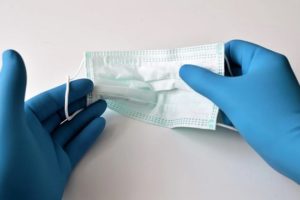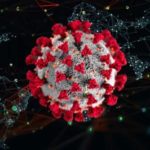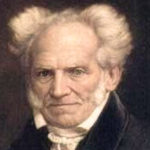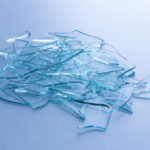16 facts about medical masks
 In the modern world, a medical mask is one of the essential attributes of vesting any doctor. Its first prototypes appeared a long time ago, although since then technology has stepped far forward, and scientists have invented new, more advanced methods of protection. But due to the availability and cheapness of the mask, it is now widely used around the world.
In the modern world, a medical mask is one of the essential attributes of vesting any doctor. Its first prototypes appeared a long time ago, although since then technology has stepped far forward, and scientists have invented new, more advanced methods of protection. But due to the availability and cheapness of the mask, it is now widely used around the world.
For decades, they were reusable, and were mainly made from gauze folded into several layers. Simply, this material was cheap, and besides, it was quite resistant to boiling.
A conventional medical mask is designed to protect a person from infectious particles, such as infected droplets of saliva. But bacteria and viruses are too small, so they can pass through textile material. To avoid this, masks are treated with special disinfectants.
When worn on the street, conventional medical masks quickly become clogged with dust particles, since they were originally designed for hospital conditions that were close to sterile.
In medicine, it also happens that masks are put on violent patients with fixed hands so that they do not spit on the doctors.
The very first likeness of a medical mask can be considered the beak-shaped mask of the “plague doctor”. Hundreds of years ago, it was believed that this form helps to avoid infection. The beak of this product was filled with various medical herbs, and the aesculapius of that era believed that the air was “purified” by passing through them.
Modern masks are both disposable and reusable. In surgery, only disposable ones are used.
A respirator provides much more reliable protection against bacteria and viruses than any medical mask.
The use of masks became mandatory for doctors in the 20s of the XX century, that is, about a hundred years ago.
Disposable masks began to be replaced by reusable masks at the end of the last century.
Their size is usually standard, with two variations – there are adults, and there are children.
Special surgical masks are usually made multilayer, and their top layer repels any liquids, preventing them from being absorbed.
Medical masks really prevent people from getting infected in public places, but they certainly do not give a 100% guarantee.
The time of the “work” of the masks directly depends on its type, the materials from which it is made, the method of wearing and the environment. For obvious reasons, on the street it becomes useless faster than in a sterile operating room.
They perform two tasks at once – they protect the wearer from the bacteria of other people, and in the same way protect the wearer from bacteria of the mask owner himself.
Polluted air enters the respiratory tract, even if you wear a mask, as it does not fit tightly to the face. True, less, according to some researchers, it still weeds out about two-thirds of the harmful substances contained in the surrounding air.
Some viruses and bacteria, such as the flu virus, can enter the body not only through the mouth or nose, but also through the eyes. Therefore, in some cases, the eyes also need to be protected with special glasses.



























